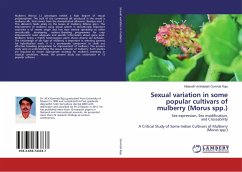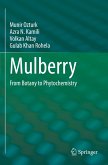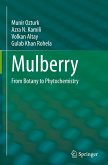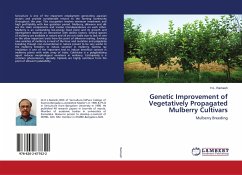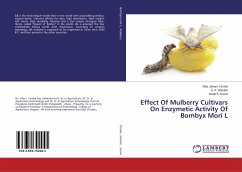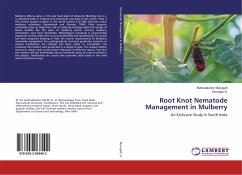Mulberry (Morus L.) genotypes exhibit a high degree of sexual polymorphism. The bulk of the commercial silk produced in the world is mulberry silk, that comes from the domesticated silkworm, Bombyx mori L. This silkworm feeds solely on the leaves of mulberry (Morus spp.). The improvement of mulberry using sexual system in sericulturally important countries is of recent origin and has now started spreading to other sericulturally developing nations. Breeding programmes for crop improvement need adequate and specific information about gene pool. Mulberry being a highly heterozygous plant shows diverse sex behavior. The knowledge of sex type of mulberry is important in selecting parents for hybridization work. It is a prerequisite component to chalk out effective breeding programme for improvement of mulberry. The present study aims at understanding the sexual behavior of mulberry. Such studies are required to evolve appropriate strategy for mulberry breeding in tropical conditions.Hence, the present study was undertaken in 12 popular cultivars.
Bitte wählen Sie Ihr Anliegen aus.
Rechnungen
Retourenschein anfordern
Bestellstatus
Storno

